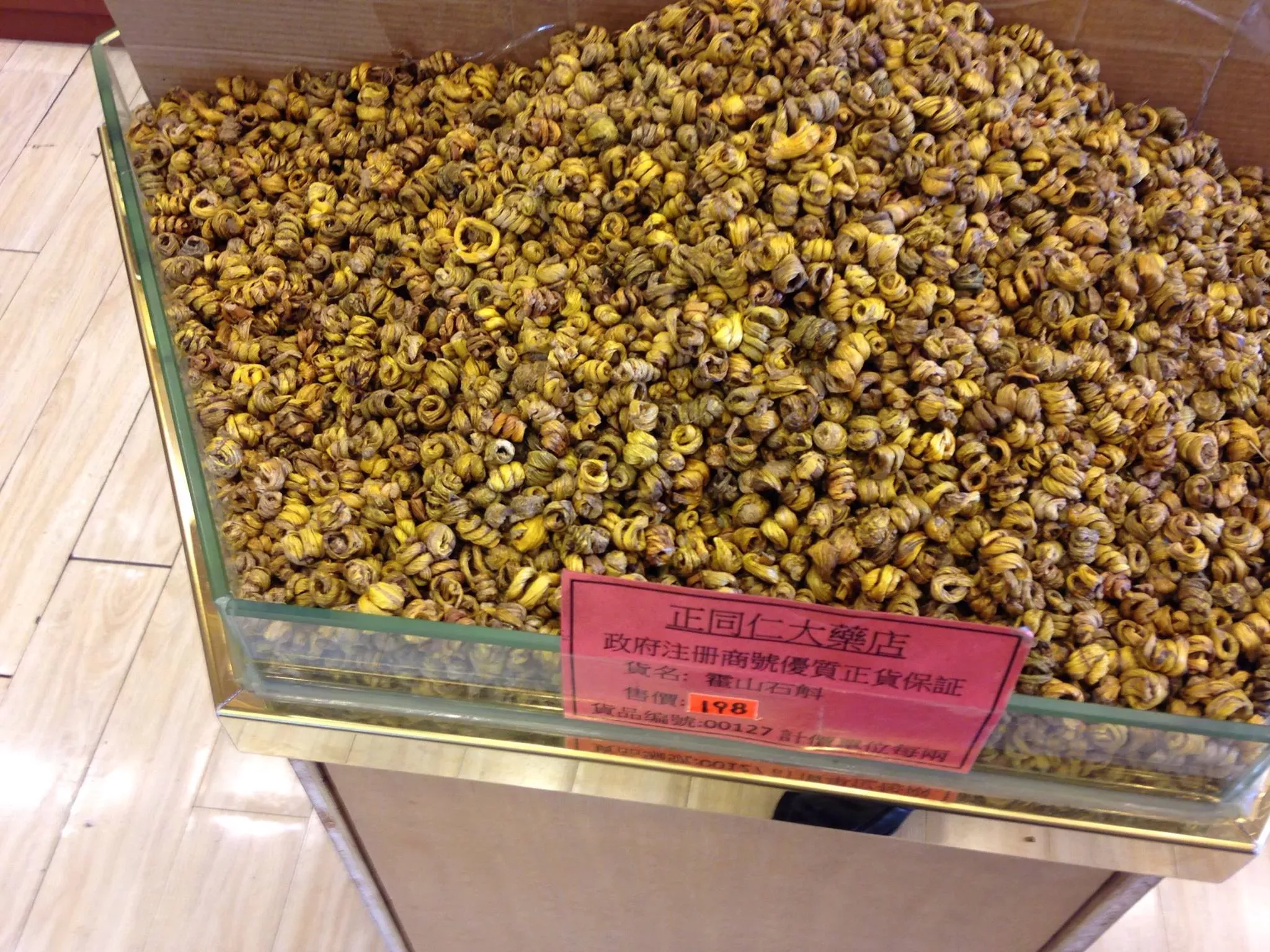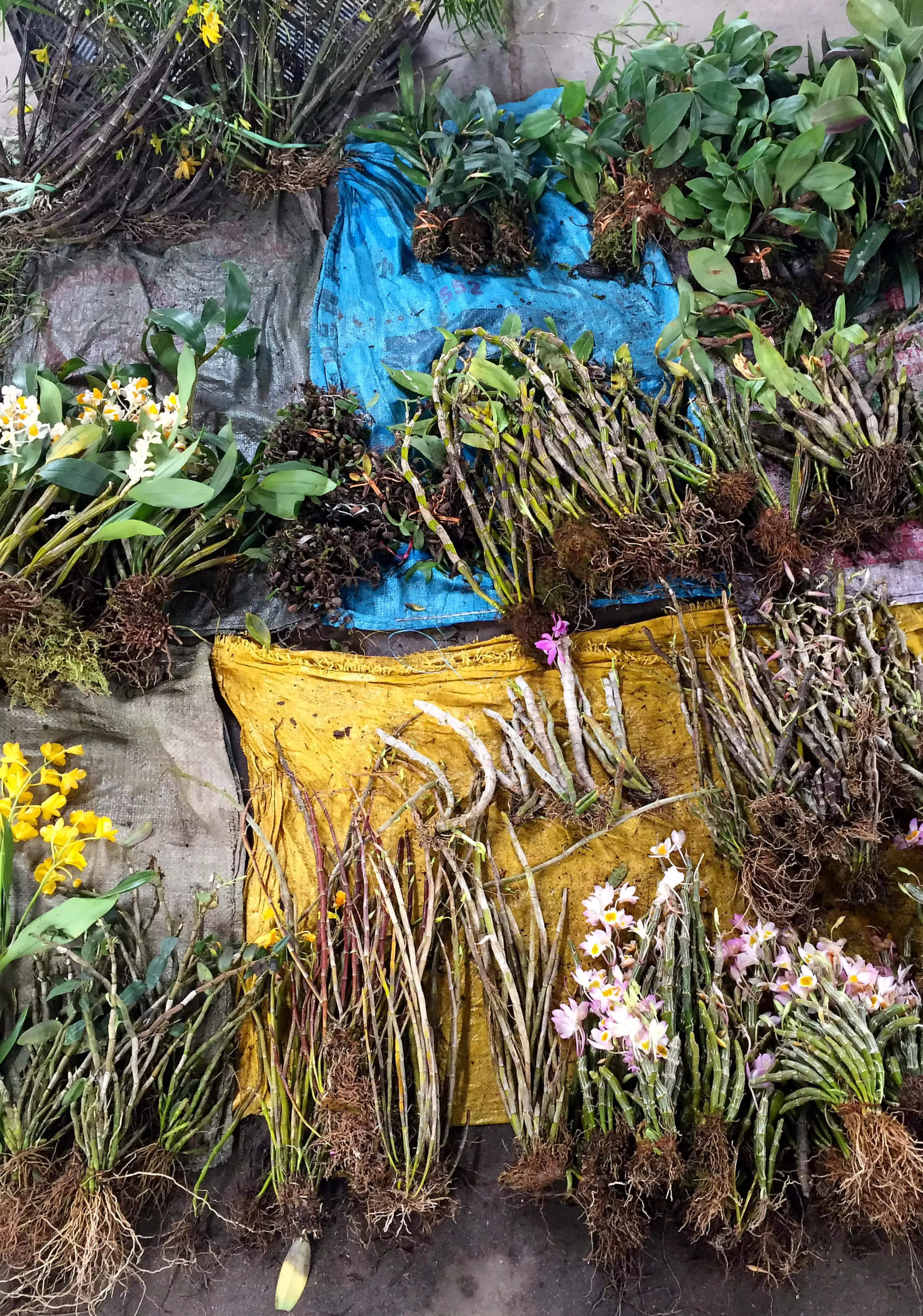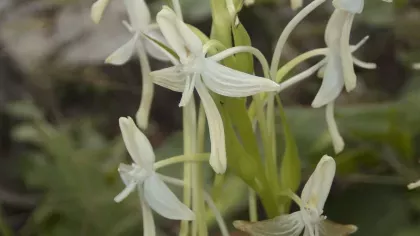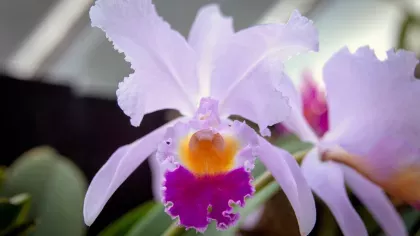17 January 2019
The curse of being beautiful: Orchids under threat
The global demand for orchids has a dark side. Trafficking and illegal harvesting could be threatening their very existence.

Beautiful orchids
Beautiful. Ornate. One of the most diverse plants in the kingdom, flowering on almost every continent.
But despite their abundance, orchids feature prominently on the IUCN Red List of Threatened Species; a global inventory detailing the conservation status of plant, fungi and animal species.
Orchids also make up more than 70% of all species on CITES (an international agreement between governments) which regulates international trade of endangered plants and animals.
Whether on your windowsill or in your ice cream, the desire to own and trade one of these beautiful plants could be threatening their very survival.

The human demand
Orchids are wanted.
They account for 10% of global demand for fresh cut flowers. Enthusiastic hobbyists collect them for their showcases.
They adorn religious offerings in Sri Lanka and Mexico and are symbols of nations in Singapore, Myanmar and Colombia.
They form the vanilla in our ice cream and are ground up in bodybuilding supplements, boiled for the popular salep drink, and baked with peanuts to make chikanda, eaten in southern Africa. You might even find the leaves used to flavour rum in the Indian Ocean islands.
Chinese and ayurvedic medicine often use orchids in alternative medicines, like shi-hu, used for dry mouth or stomach pain.

Illegal harvesting
Many countries are sustainably farming orchids to match this high demand; in the Netherlands, the trade of orchids is at almost €500m.
However, it’s harder to track the smaller-scale harvesting going on below the radar.
Illegal collection - collecting orchids without permits or declarations - is on the rise. Offenders may not know exactly what they are collecting, or how rare that species might be.
In Madagascar, the species Grammangis spectabilis was almost entirely collected, leaving only nine individual plants found in the wild in 2017.
Incredibly, up to 120m orchid plants are being indiscriminately collected in Turkey to feed the growing salepdemand.
In order to satisfy demand for chikanda (now a Zambian national dish), orchid tubers are being moved from neighbouring Tanzania, threatening up to 85 local species. As supplies diminish, buyers may look to other countries to exploit their source.

Trade happens everywhere
Wildlife trafficking has long entered the digital age.
Through various online platforms, orchids (along with other endangered plants and animals) are being traded across the globe.
The difficulty in monitoring these actions makes it harder to enforce regulations that prohibit and protect high-risk species.
More and more orchid-lovers want to buy wild and rare ones.
Despite industries working to cultivate artificial species, a desire to ‘be the first’ or collect a one-of-a-kind means that wild orchids continue to be traded even before they are even identified by science.

The slipper orchid
A white base lined with brilliant pink streaks, the slipper orchid is beautiful.
Part of the subfamily Cypripedioideae, this slow-grower earnt its name from its elegant, slipper-shaped pouches.
Like other orchids, the slipper orchid tricks their pollinators into spreading their pollen. Trapping insects into their pouch, the bug must climb out along the staminode, collecting and leaving behind pollen as they travel. And, much like the rest of its family, it survives by an inter-dependent relationship with the fungi around it.
However, the desirability and rarity of the slipper orchid has endangered it.
Collected around the world, all 85 species of the tropical Asian slipper orchid are on the Red List.
In fact, some species, like Paphiopedilum vietnamese are nearing total extinction in the wild.
The future for orchids
Smuggling is by nature, often subtle and well-hidden.
Whether picked, smuggled or falsely labelled as ‘artificially propagated’, the orchid trade is tough to control
Until recently, the protection of plants wasn’t been given the same priority as other wildlife. However, in October 2018, the UK Government hosted the Illegal Wildlife Trade Conference in London.
For the first time, this meeting of global leaders included aims to protect the world’s most iconic species from threat of extinction.Mike Fay, Senior Research Leader in Conservation Genetics at Kew, leads the ICUN SSC Orchid Specialist group; a network of experts who assist international efforts to conserve plant diversity, providing international support to study, restore and manage orchid habitats.
He says ‘Despite the best efforts of the orchid conservation community, the capacity to develop solutions at the species-level will be outstripped by the sheer scale and pace of change.
Some progress is being made in cracking down on the illegal trade of these beautiful plants, but unless urgent action is taken, it’s a very real possibility that we will lose some of these plants in the wild forever.’


